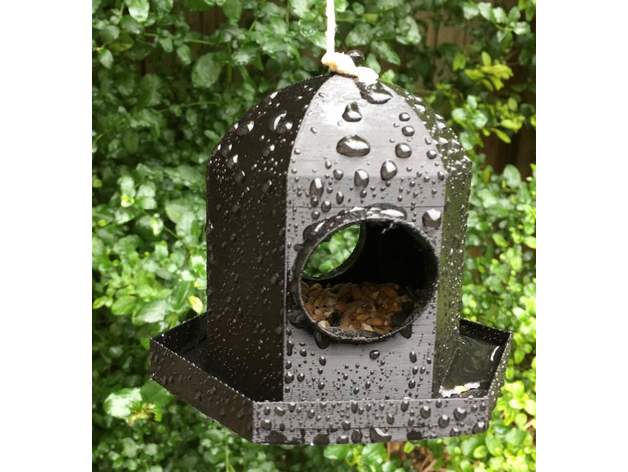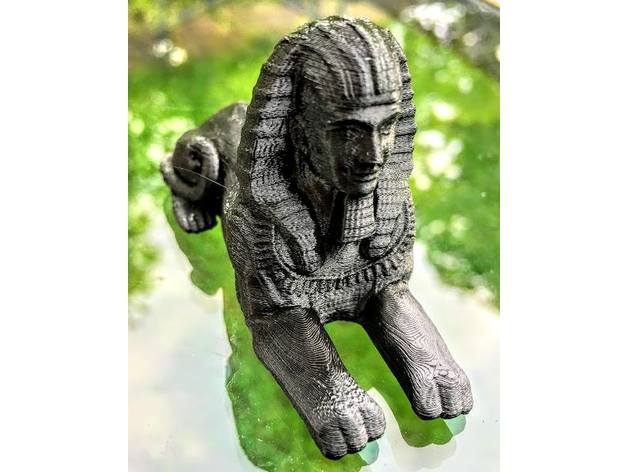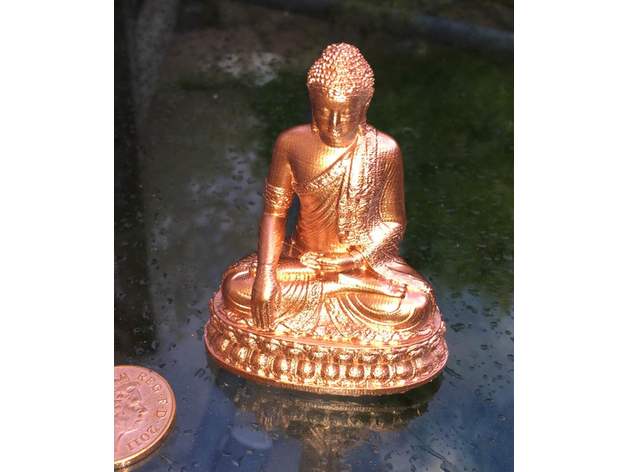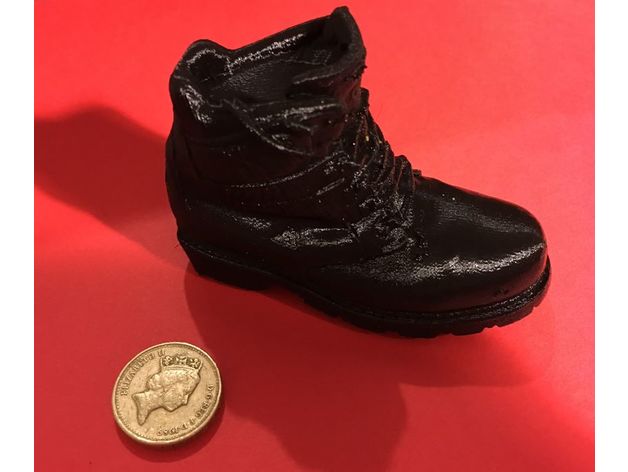Lyndsay Williams sensecam@gmail.com
Design of LifeCloud lifelogging Sensecam
Update: 25th November 2017
Bill Gates, Microsoft, explains what
SenseCam is in Time Magazine.

Blackbird, Cambridge, feeding on suet pellets captured automatically by SenseCam

In March 2017 I was visited by Prof Cathal Gurrin, Dublin City University, and colleagues from Flextronics, San Francisco to design a sensing camera system, for lifelogging applications for a startup company LifeCloud. This is a small wearable camera that captures interesting events in the day,
original work here at Microsoft Research. Software detects memorable moments, such as seeing friends, laughter or a change in view, and captures images in a few mS. The camera has a 170 degree wide angle lens, various environmental sensors, 14 hour battery life, blur reduction. Image search from the camera is provided by
Google photos. Sensecam has proven to be useful re memory loss and dementia.
Here is a
video from the BBC (4 mins) by James May ( BBC TopGear) visiting
Alan Smeaton of Dublin University demonstrating the first Sensecam in 2008.
UPDATE July 2017. The LifeCloud company, of 8 people, will be closing due to finance and management issues. Due to many requests for SenseCams from Universities and hospitals, Girton Labs and Lyndsay Williams are looking to progress the SenseCam under new management.
We now wind the camera forward to 2017 and the latest Sensecam.
I provided to LifeCloud a sensing camera designs specification, working hardware and firmware. One camera design was for preproduction trials and one for production. I decided to make make the preproduction camera open source, hardware , firmware, case CAD design, as per my blog post in 2009.
LW Sensecam 2017 Camera specification
- 5M Pixel camera
- 170 degree wide angle lens f 2.8, fixed focus 4" to infinity
- up to 1600 ISO light sensitivity
- video, image and audio storage, jpeg, h264
- smart sensing based on motion, light change, audio, thermopile, GPS and other parameters
- image stabilisation and blur reduction in firmware
- accelerometer, gyro, magnetic, thermal and other analogue sensors
- Bluetooth, wifi , HDMI, USB connectivity to phone and pc.
- 12GB image storage, 500MB internal RAM , expandable up to 128GB
- development firmware uses Linux and Python
- 3.7V Li Po rechargeable battery life 14 hours or 23 hours dependant on camera formfactor
- weight of camera approx 90g
- prototype case, black, white or translucent, size 74 x 50 x 22mm
- neck lanyard and clip
- $39 Bill of Materials , 100 off approx
- prototype based on Raspberry Pi Zero W
5th July now with addition of working sensor module, comms not finished
- power management of camera function
- thermopile distance temperature measurement -40C to 125C
- 3 axis accelerometer
- 3 axis gyro
- 3 axis magnetometer
- humidity sensor
- digital microphone
- altimeter / pressure sensor
- ambient light sensor
- loudspeaker
- 24 hours recording of above sensors in additional or instead of camera images.
This all fits within the case as above.
All above is working, but not yet the audio recording, external sensors, (proven with 2004 SenseCam) automatic wifi upload of images, this is done using the micro SD card.
version 1 camera based on Raspberry Pi April 2017




Next version, first test with new 3D Flashforge Finder printer


Edge detection in Raspberry Pi.
Button camera
experimental circular Sensecam being printed by Flashforge 3D printer recorded by another Sensecam,
video here.
Early Lifecloud design
Above translucent camera with Raspberry Pi Zero W inside
current Linux GUI interface for camera
Google image search results for "spectacles Girton" in my Google Cloud. Includes new Sensecam images.
Google found them on my kitchen table as below.

My Cambridge engineering lab

Example image from my garden Sensecam
16th June, open source design by Dublin City University, by Cathal Gurrin, the OpenInitiative openi https://openi.co/
I plan to work with Cathal Gurrin re this, contact me Lyndsay Williams, sensecam@gmail.com re design files for BOM, firmware and CAD case, or to arrange a public share online.
Future production design
For a built of 100 cameras, a Raspberry pi Zero W is economical.
For the production design, of more than 100, we plan to use a smaller formfactor, based on 400MHz ARM computer , as in image below. This will have a spec similar to above camera , with a microphone, and Real Time Clock.
Thermal image of Marks and Spencer's bakery, spot the freshest bread :-)
Taken with FLIR camera, not yet in SenseCam.
For more details of the LifeCloud sensecam lifelogging camera please contact Lyndsay Williams sensecam@gmail.com or +44 (0) 7970 101578. Cambridge, UK
"Sensecam" name copyright Lyndsay Williams.
All intellectual property and designs in this blog owned by Lyndsay Williams, unless mentioned otherwise.














































